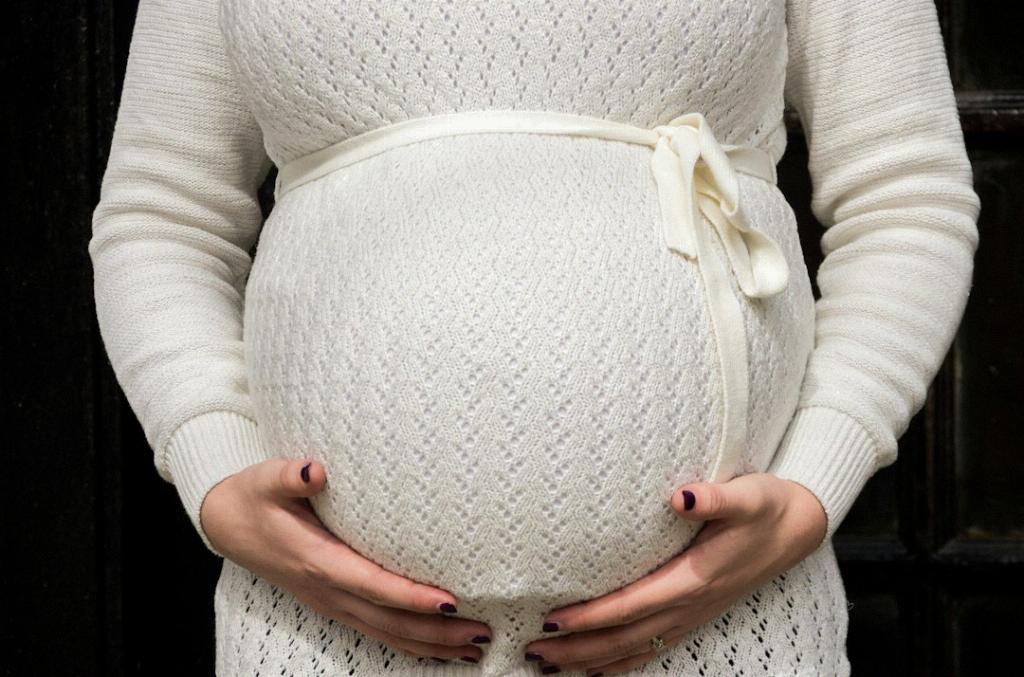As expectant mothers progress through their pregnancy journey, one common question that arises is, “What Is The Average Bump Size At 20 Weeks Pregnant?”. To address this query, it’s essential to delve into the concept of fundal height. Fundal height represents the distance from the pubic bone to the top of the uterus and is a crucial measurement in tracking fetal growth and development.
The Significance of Fundal Height Measurement
During prenatal check-ups, healthcare providers routinely measure fundal height to assess the baby’s growth and ensure proper development. At around 20 weeks of pregnancy, the fundal height should typically align with the gestational age, with a margin of around plus or minus 2 centimeters. This means that at 20 weeks, the average bump size can be estimated by measuring approximately 18 to 22 centimeters from the pubic bone to the top of the uterus.
Factors Affecting Bump Size
Several factors can influence an individual’s bump size at 20 weeks pregnant. These factors include the mother’s pre-pregnancy weight, height, abdominal muscle tone, the position of the uterus, and whether she is carrying one or multiple babies. It’s important to remember that each pregnancy is unique, and bump size can vary among different women.
Changes in Bump Size Throughout Pregnancy
As pregnancy progresses, the bump size typically increases as the baby grows and the uterus expands to accommodate the developing fetus. It’s normal for bump measurements to fluctuate slightly during different stages of pregnancy, and healthcare providers monitor these changes to ensure the baby’s health and well-being.
Importance of Regular Prenatal Check-ups
Regular prenatal check-ups are crucial for monitoring the baby’s growth, maternal health, and detecting any potential issues early on. Healthcare providers use fundal height measurements, along with other assessments, to track the baby’s progress and make informed decisions regarding the pregnancy.
Tracking Your Bump Size Progress
Expectant mothers can track their bump size progress by measuring the fundal height regularly during prenatal visits. By keeping a record of these measurements, women can observe the gradual growth of their bump and ensure that it aligns with the expected size for a particular gestational age.
Consulting Your Healthcare Provider
If you have any concerns about your bump size, whether it’s smaller or larger than expected, it’s important to discuss them with your healthcare provider. Your doctor can perform a thorough assessment, including ultrasound imaging if necessary, to ensure that your baby is growing appropriately and address any potential issues.
Embracing Your Pregnancy Journey
Every pregnancy journey is unique, and bump size is just one aspect of the incredible process of bringing new life into the world. Embrace the changes in your body, celebrate the growing life within you, and seek support from your loved ones and healthcare team throughout this transformative experience.
Healthy Practices During Pregnancy
Aside from monitoring bump size, maintaining a healthy lifestyle during pregnancy is essential for the well-being of both the mother and the baby. This includes eating a balanced diet, staying active with prenatal exercise, getting adequate rest, and avoiding harmful substances that could impact fetal development.
Seeking Information and Support
If you have any questions or concerns about your pregnancy, don’t hesitate to reach out to your healthcare provider or seek guidance from reputable sources. Staying informed, connected, and proactive in your prenatal care can help promote a positive pregnancy experience and ensure the best possible outcome for you and your baby.
Conclusion
In conclusion, understanding the average bump size at 20 weeks pregnant involves recognizing the significance of fundal height measurement, considering various factors that influence bump size, and monitoring changes in the bump size throughout pregnancy. By staying proactive in prenatal care, embracing the journey of pregnancy, and seeking support when needed, expectant mothers can navigate this transformative time with confidence and care.

